A Step-by-Step Guide to Installing Geotextile Fabric for Superior Construction
Geotextile fabric installation is a pivotal step in fortifying construction projects with stability and longevity. The process of installing geotextile fabric involves meticulous planning and execution. From preparing the surface to securing the fabric and covering it with the intended materials, each step plays a crucial role in ensuring a resilient and enduring foundation. Properly laid geotextile fabric acts as a robust barrier, preventing soil erosion, enhancing drainage, and providing structural support. This step-by-step guide simplifies the intricate process, offering insights into achieving optimal results while harnessing the full potential of geotextile fabric in construction endeavors.
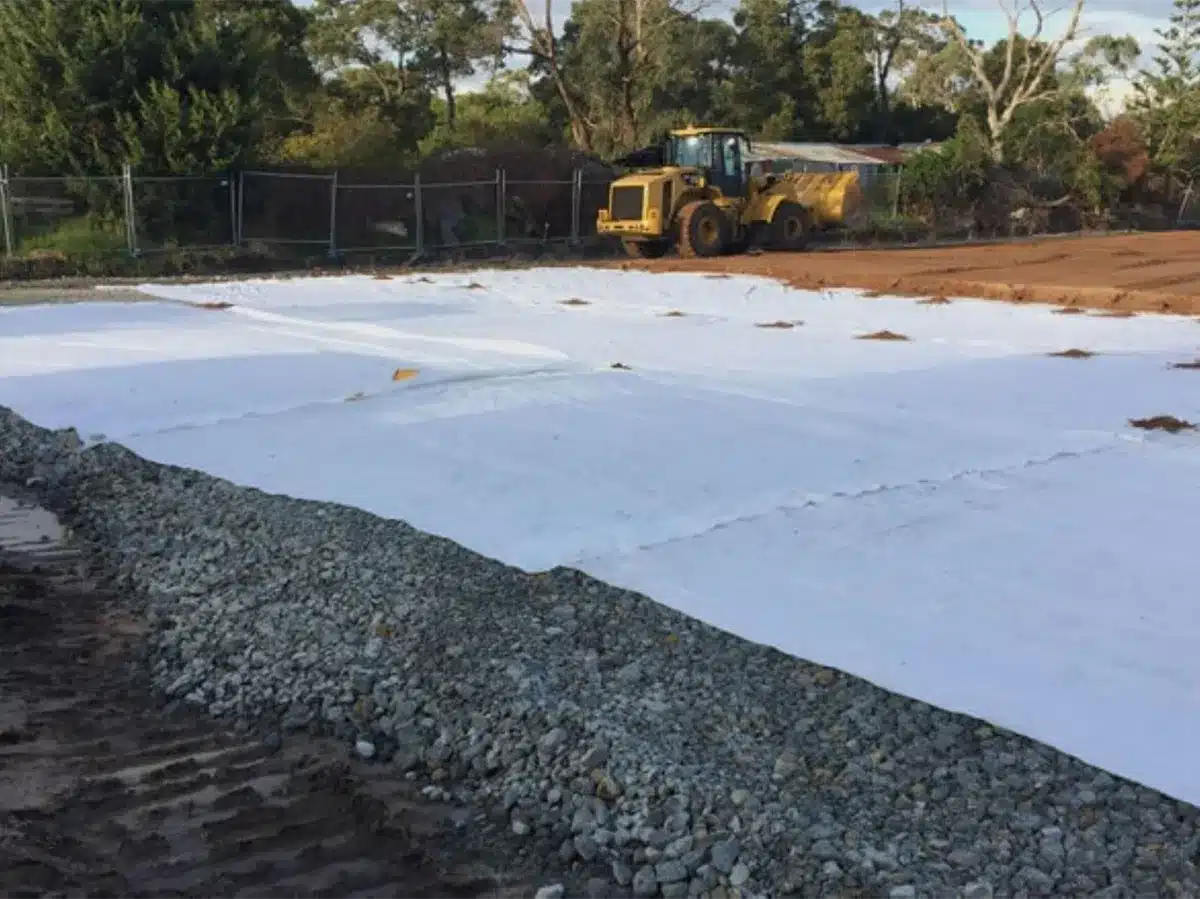
How to install geotextile fabric?
Installing geotextile fabric involves several key steps:
- Surface Preparation: Clear the area of debris, rocks, and any uneven surfaces. Smooth out the ground to ensure a flat base for the fabric.
- Measure and Cut: Measure the area to be covered and cut the geotextile fabric accordingly, leaving some excess around the edges for proper coverage and securing.
- Lay the Fabric: Unroll the geotextile fabric over the prepared area, ensuring it lays flat and covers the entire surface without any wrinkles or folds.
- Secure Edges: Secure the edges of the fabric using staples, pins, or other suitable fasteners to prevent shifting or movement during subsequent construction.
- Overlap Seams (if necessary): If multiple pieces of fabric are required, overlap the seams by a few inches and secure them firmly to maintain a continuous barrier.
- Cover with Material: Once the fabric is securely in place, cover it with the intended material, whether it’s soil, gravel, or other landscaping materials.
- Compact and Finish: After covering, compact the materials atop the fabric to ensure a stable and even surface. Finish the installation according to the specific project requirements.
How do you install geotextile fabric on a driveway?
Installing geotextile fabric on a driveway follows a similar process:
- Prepare the Surface: Clean the driveway surface, remove any debris, and ensure it’s level and compacted.
- Measure and Cut the Fabric: Measure the driveway area and cut the geotextile fabric to fit, allowing for a slight overlap along the edges.
- Lay the Fabric: Unroll the geotextile fabric over the driveway, smoothing it out to cover the entire surface.
- Secure the Fabric: Secure the edges and seams of the fabric using appropriate fasteners to prevent shifting.
- Cover with Gravel or Asphalt: Apply the desired material over the fabric layer, whether it’s gravel for a permeable driveway or asphalt for a solid surface.
- Compact and Finish: Compact the material to ensure a stable and even driveway surface, following standard construction practices.
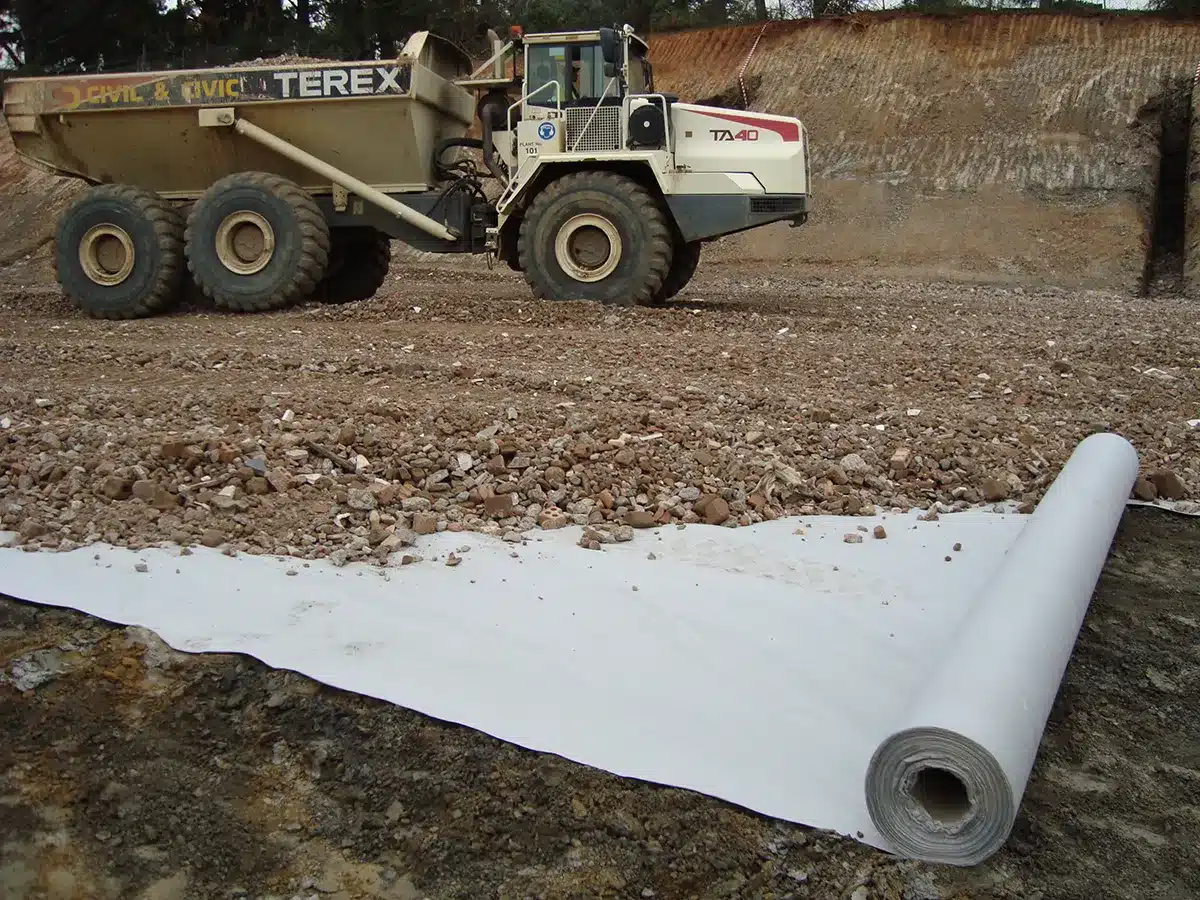
Do I need geotextile under gravel?
Using geotextile under gravel is often recommended for several reasons:
- Weed Prevention: Geotextile fabric acts as a barrier, preventing weeds and vegetation from penetrating through the gravel, and reducing maintenance efforts.
- Erosion Control: Geotextile fabric offers high tensile strength so the fabric will stabilize the first layer of gravel that sits on top of it, helping stabilize the ground by preventing the gravel from sinking into the soil, maintaining a more even surface.
- Improved Drainage: Geotextile fabric allows water to pass through while preventing the migration of fine particles, ensuring better drainage and preventing the gravel from becoming muddy or uneven.
- Long-Term Durability: By acting as a separation layer, geotextile fabric extends the lifespan of the gravel surface by minimizing soil mixing and maintaining its integrity.
Does water drain through geotextile?
Yes, water can drain through geotextile fabric. When a geotextile membrane is used, water passes through the membrane as it is engineered to allow water to pass through while effectively filtering out fine particles. This drainage capability makes it an excellent choice for various applications where water management is crucial, such as in drainage systems, landscaping projects, and erosion control measures. The fabric’s permeability ensures efficient water flow while maintaining the structural integrity of the installed materials above it.
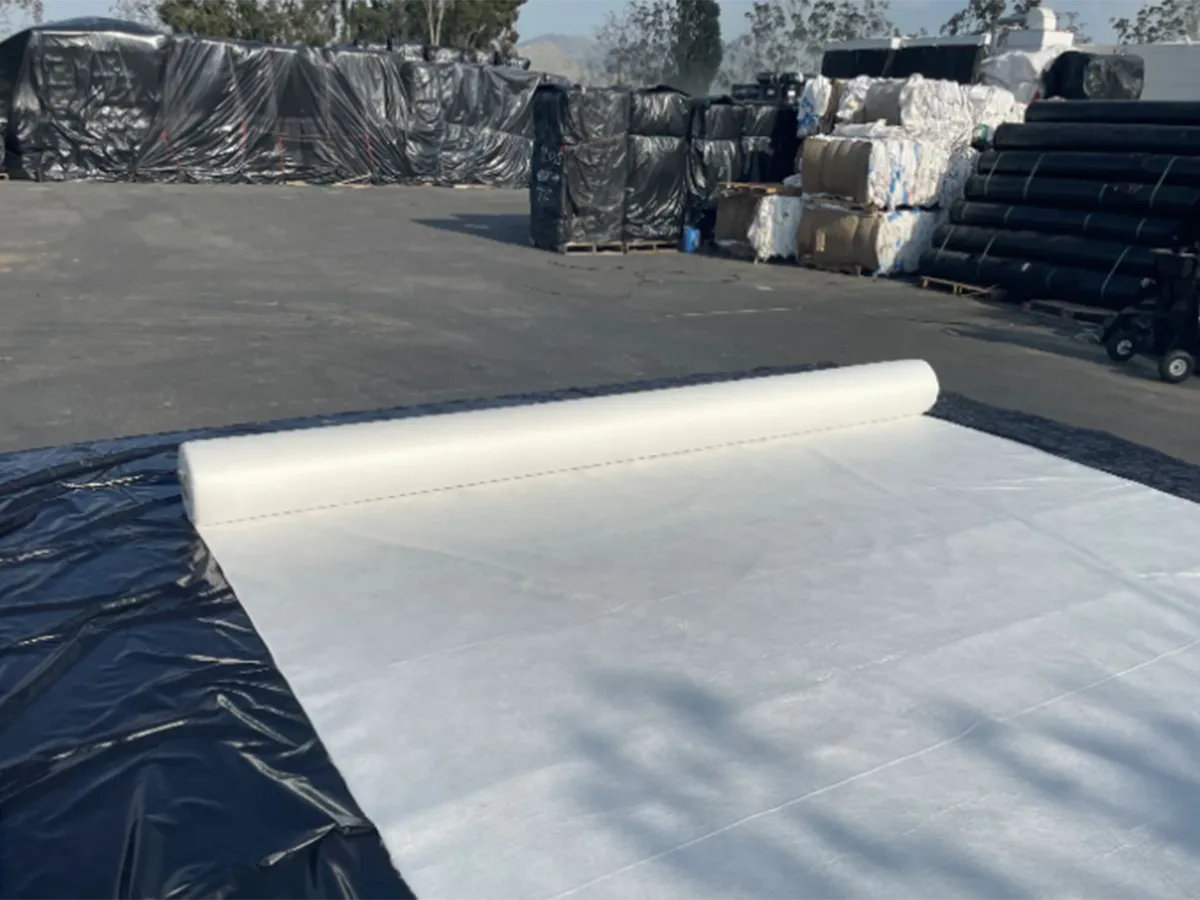
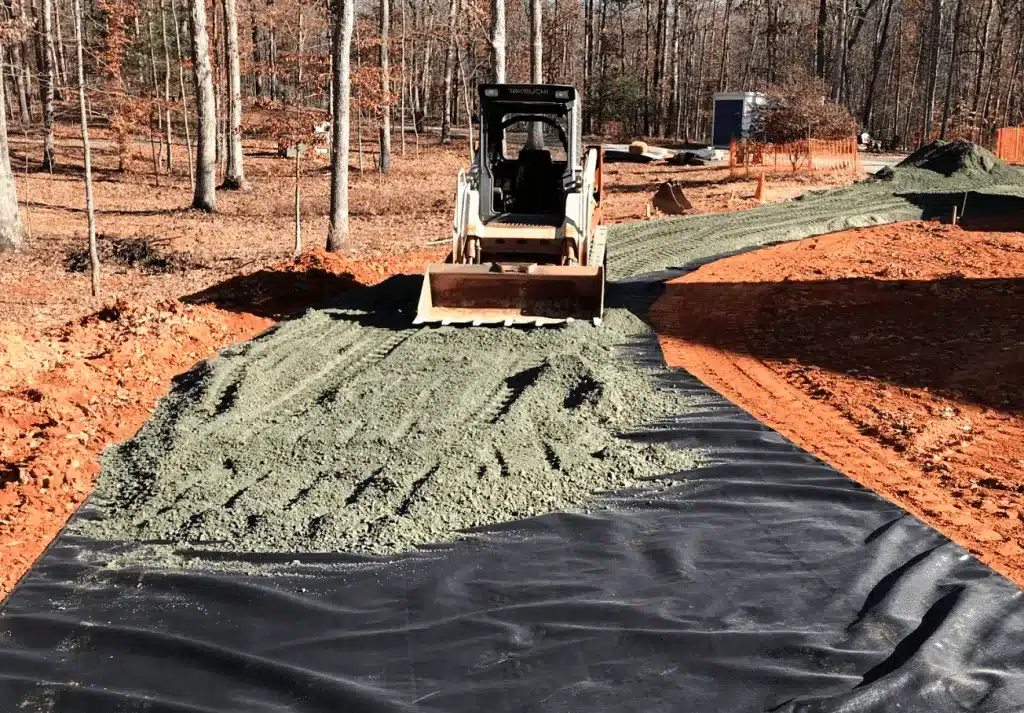
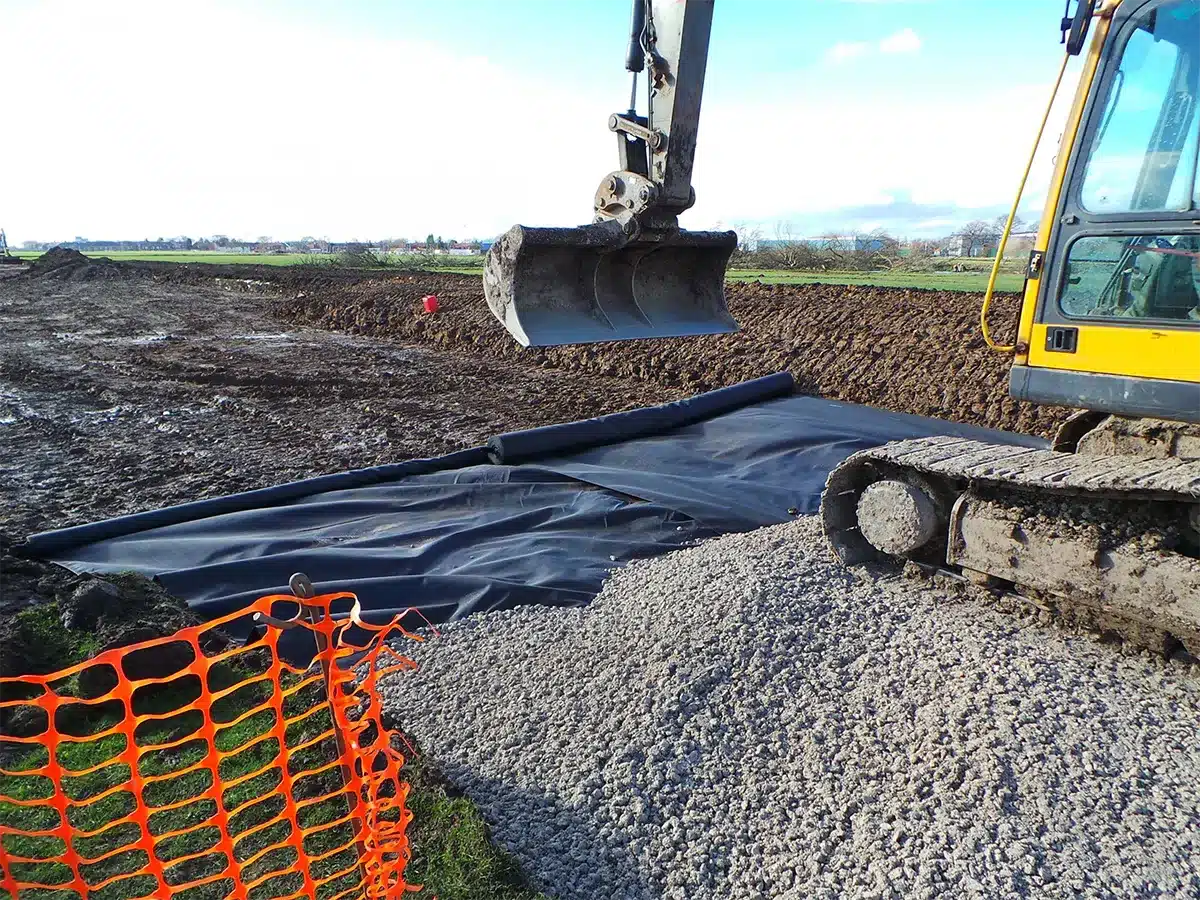
Comments
Post a Comment